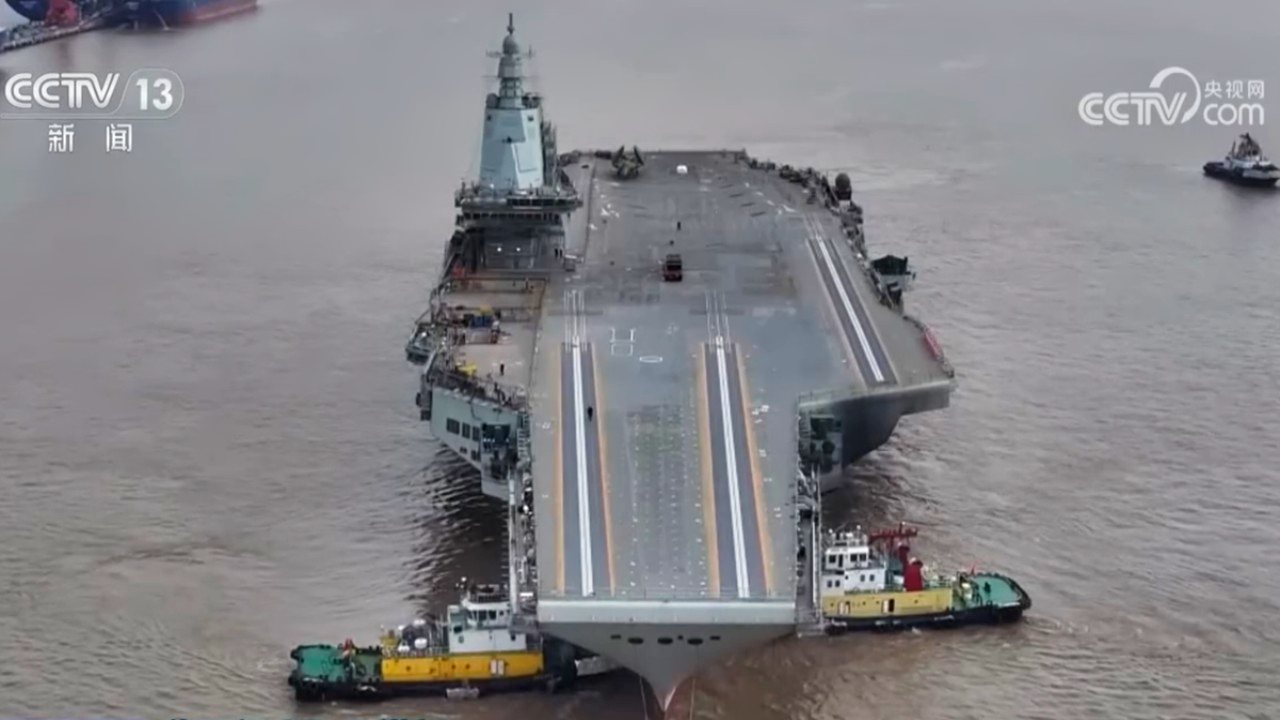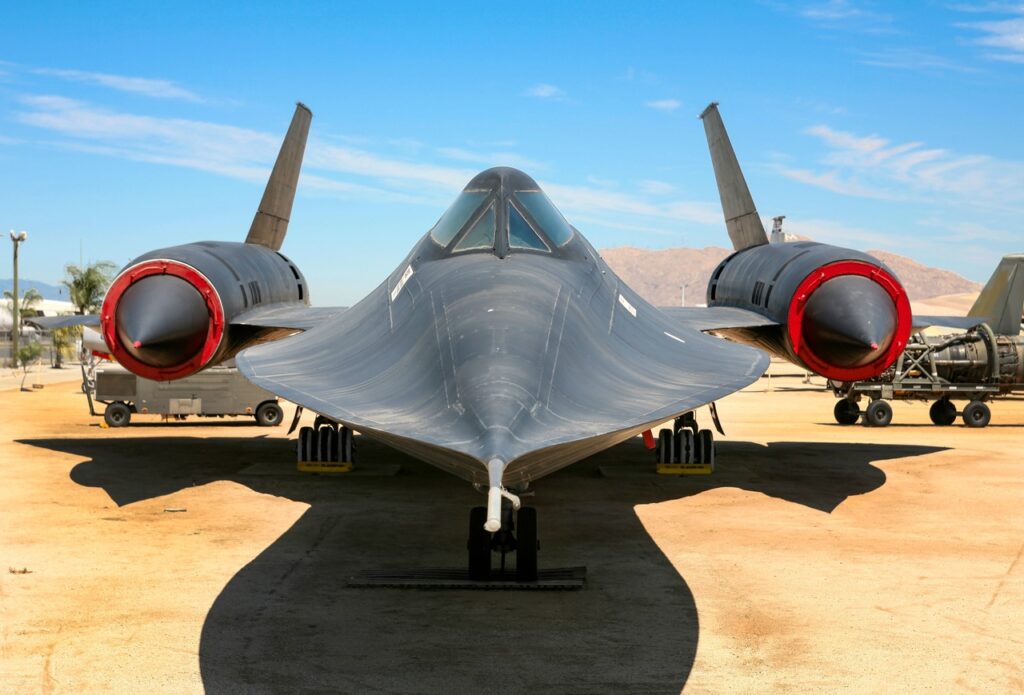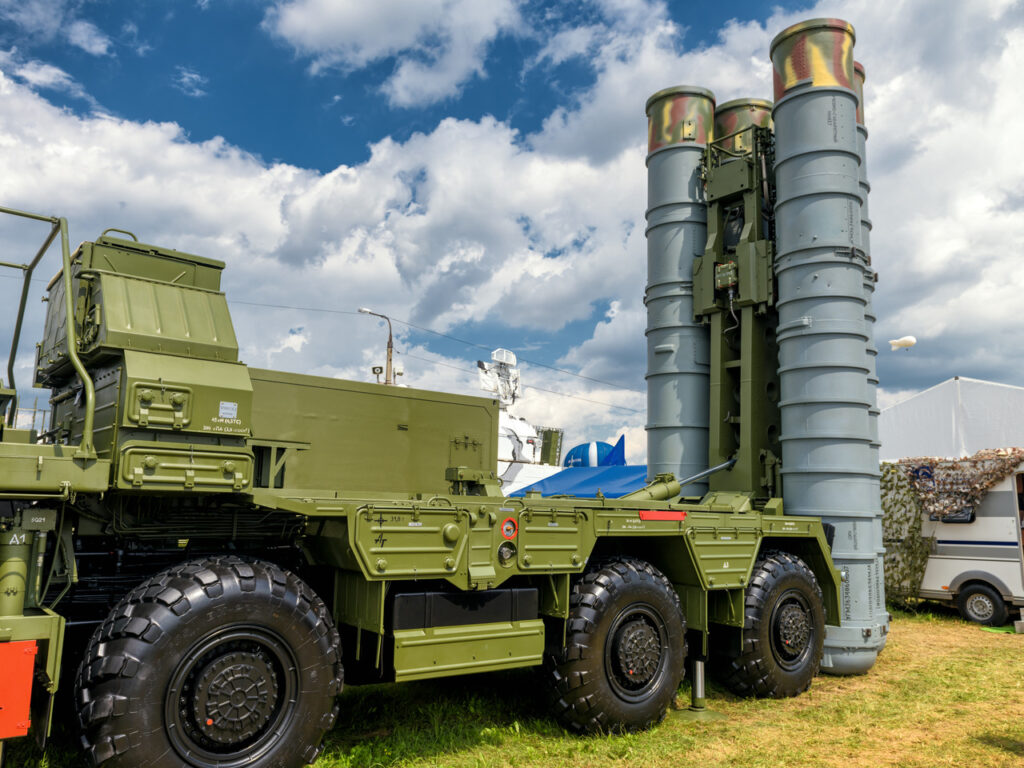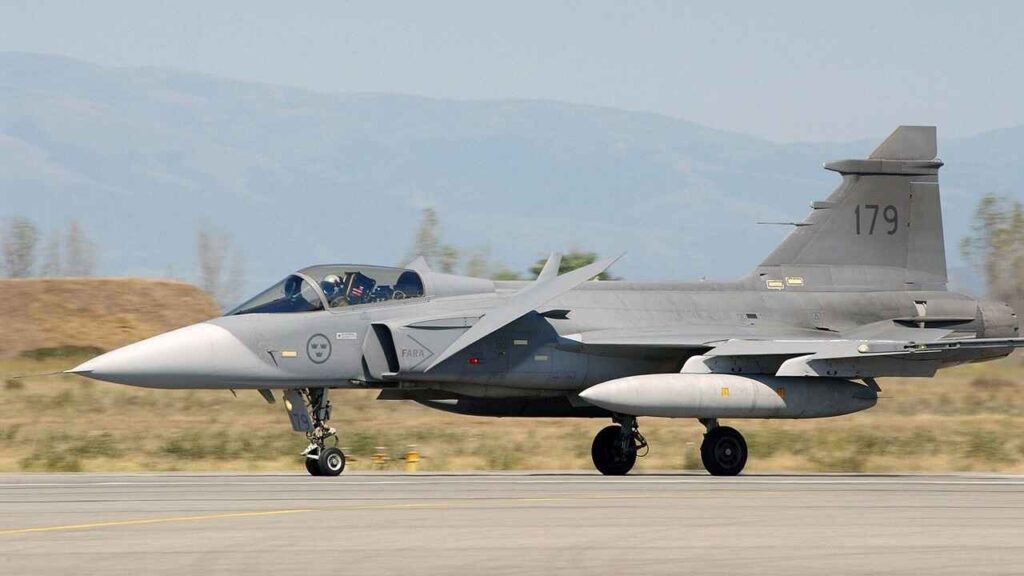
Why China Is Becoming an Aircraft Carrier Superpower
Summary: China is aggressively expanding its aircraft carrier fleet, part of a broader ambition to enhance its naval capabilities and assert global influence, particularly in the Indo-Pacific region. This effort began in the 1980s with the acquisition of foreign carriers for study, leading to the commissioning of the Liaoning in 2016, followed by the domestically produced Shandong in 2019, and the advanced Fujian, which is undergoing tests. Another carrier, the Type 004, is reportedly under construction, rumored to feature nuclear propulsion. Despite debates over their survivability in modern warfare, carriers remain central to China’s strategy for regional dominance, deterrence, and international legitimacy.
China’s Naval Ambitions: Building a Mighty Aircraft Carrier Fleet
China is in the midst of one of history’s most ambitious shipbuilding sprees. It is urgently expanding its aircraft carrier fleet as part of that effort. But the survivability of aircraft carriers is being called into question in the modern combat environment, and some observers wonder whether China’s investment is worthwhile.
Evolution of China’s Aircraft Carrier Fleet
China’s deployment of aircraft carriers is the culmination of a decades-long ambition. Beginning in the 1980s, China acquired and studied foreign aircraft carriers including the Australian-made HMAS Melbourne and the Soviet-made Minsk, Kiev, and Varyag. Eventually, the Chinese converted the Varyag into the Liaoning, which was commissioned as China’s first carrier. The Varyag was only partially completed when China purchased it. After a long retrofit, the Liaoning was confirmed ready for combat in 2016.
In 2019, China commissioned the Shandong – China’s first domestically produced aircraft carrier. Although the vessel featured conventional power and a ski jump rather than nuclear power and a catapult, the Shandong marked a significant development in China’s naval development. The Shandong is regarded as an upgrade over the Liaoning, but it only marked an incremental step in Chinese carrier development.
China’s third aircraft carrier, the Fujian, is fully constructed and launched and is currently undergoing mooring tests. The Fujian, completely homegrown in China, is a sophisticated and modern aircraft carrier. With a displacement over 80,000 tons, the Fujian is slightly smaller than the U.S. Navy’s Ford-class carriers. The Fujian is understood to have an electromagnetic catapult (similar to the Ford class’ EMALS) and a steam-powered catapult. Expect the Fujian to make her maiden voyage in the near future.
Under a shroud of mystery, the Chinese are understood to be constructing their fourth aircraft carrier, known only as the Type 004. The future carrier is expected to be larger than the Type 003 and to feature nuclear propulsion, which may be used to power weapons like lasers and railguns.
Clearly, China has committed fully to its carrier fleet. Why are the Chinese so invested in this effort despite the rise of technology capable of sinking an aircraft carrier?
Why Aircraft Carriers Are Still a Prize
China is working to grow its influence around the globe, and especially in the Indo-Pacific region. Aircraft carriers are still a tried-and-true method of asserting one’s influence, especially over a region defined by its waterways. Many of the countries China most wants to hold sway over do not have the means to threaten an aircraft carrier. So as far as regional influence goes, aircraft carriers are likely a useful tool.
Further, China is actively working to build a military force large and impressive enough for deterrence. Aircraft carriers can act as a powerful deterrent.
Finally, a fleet of aircraft carriers can send a powerful signal of legitimacy even to advanced competitors such as the United States.
While their survivability may be tested in the future, circumstances in the recent past have been favorable to the aircraft carrier. The vessels still appear as formidable assets.
About the Author: Harrison Kass
Harrison Kass is a defense and national security writer with over 1,000 total pieces on issues involving global affairs. An attorney, pilot, guitarist, and minor pro hockey player, Harrison joined the US Air Force as a Pilot Trainee but was medically discharged. Harrison holds a BA from Lake Forest College, a JD from the University of Oregon, and an MA from New York University. Harrison listens to Dokken.
Image Credit: Twitter Screenshot/Chinese Navy.


